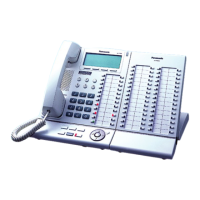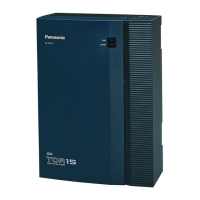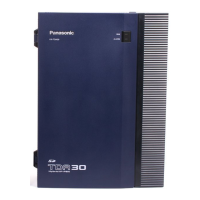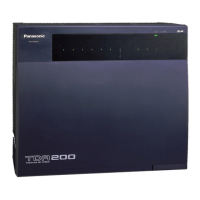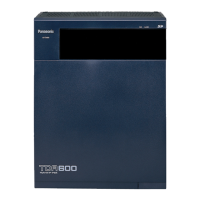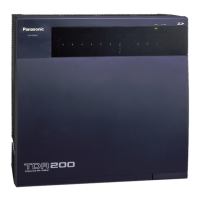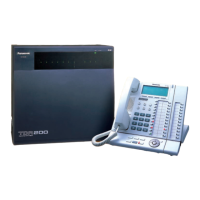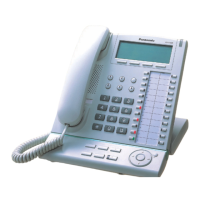1.2 Receiving Group Features
38 Feature Guide
the queue, the calls are handled according to a Queuing Time Table (→ Queuing Time Table [630]), which
can be assigned for each time mode (→ 2.2.4 Time Service).
Each Queuing Time Table consists of up to 16 sequences. Each sequence consists of a command which
plays audio for the caller or controls how the call is routed, and once one sequence has been performed,
the next sequence is performed if the caller is still waiting. The commands which can be selected for each
sequence are explained below.
[Queuing Time Table Commands]
[Programming Example: Queuing Time Table]
Command Description Condition
OGM An outgoing message (OGM) is played for
the caller.
Once the message has been played, the
next sequence is activated.
Wait The caller waits for the specified time while
hearing a ringback tone or Music on Hold.
Music on Hold is played for the caller for the
specified amount of time.
If an OGM command has not been
programmed for a sequence preceding the
Wait command, the caller will hear a
ringback tone for the specified amount of
time.
Sequence Jumps to a specified sequence. Used to
create a loop within the table.
None
Overflow Directs the call to the overflow destination. None
Disconnect Disconnects the call. None
None Skips to the next sequence. If assigned to sequence 01, the Queuing
Time Table will be disabled.
*1
→ Sequences in Queuing Time Table [631]
*2
A call will always be disconnected if it is not answered by the end of Sequence 16.
Queuing
Time
Table
No.
01
02
Sequence
01
OGM 01
Wait 20 s
Sequence
03
OGM 03
Sequence 01
Sequence
04
Overflow
Sequence
16
*2
Sequence
*1
...
Sequence
02
Wait 30 s
OGM 08

